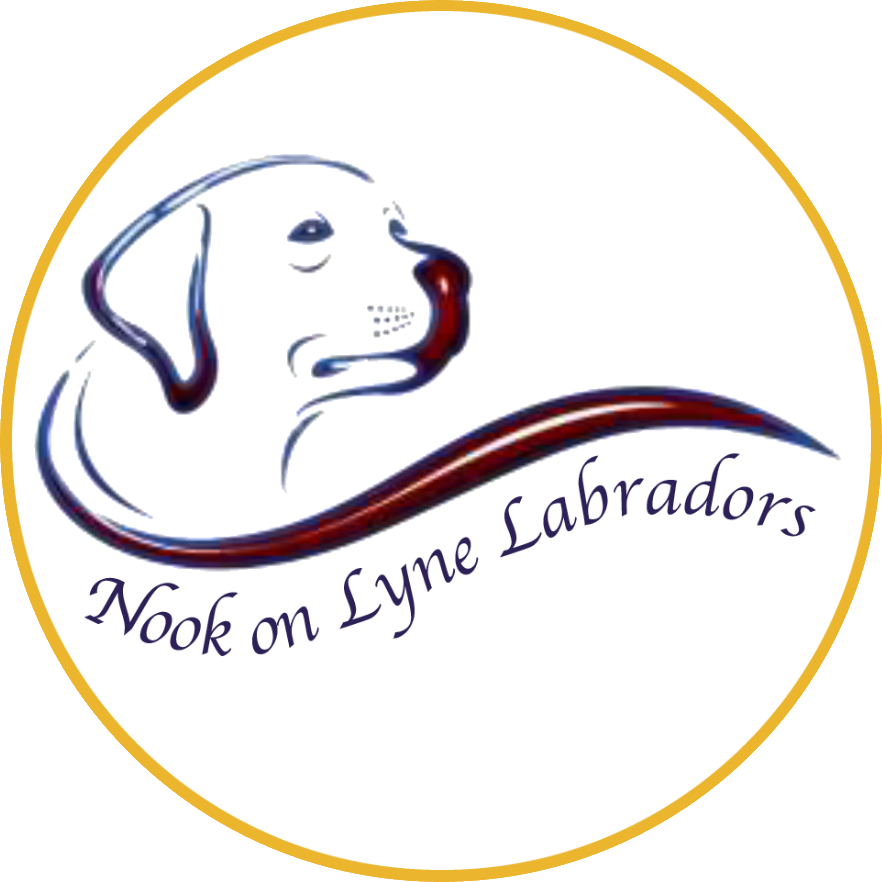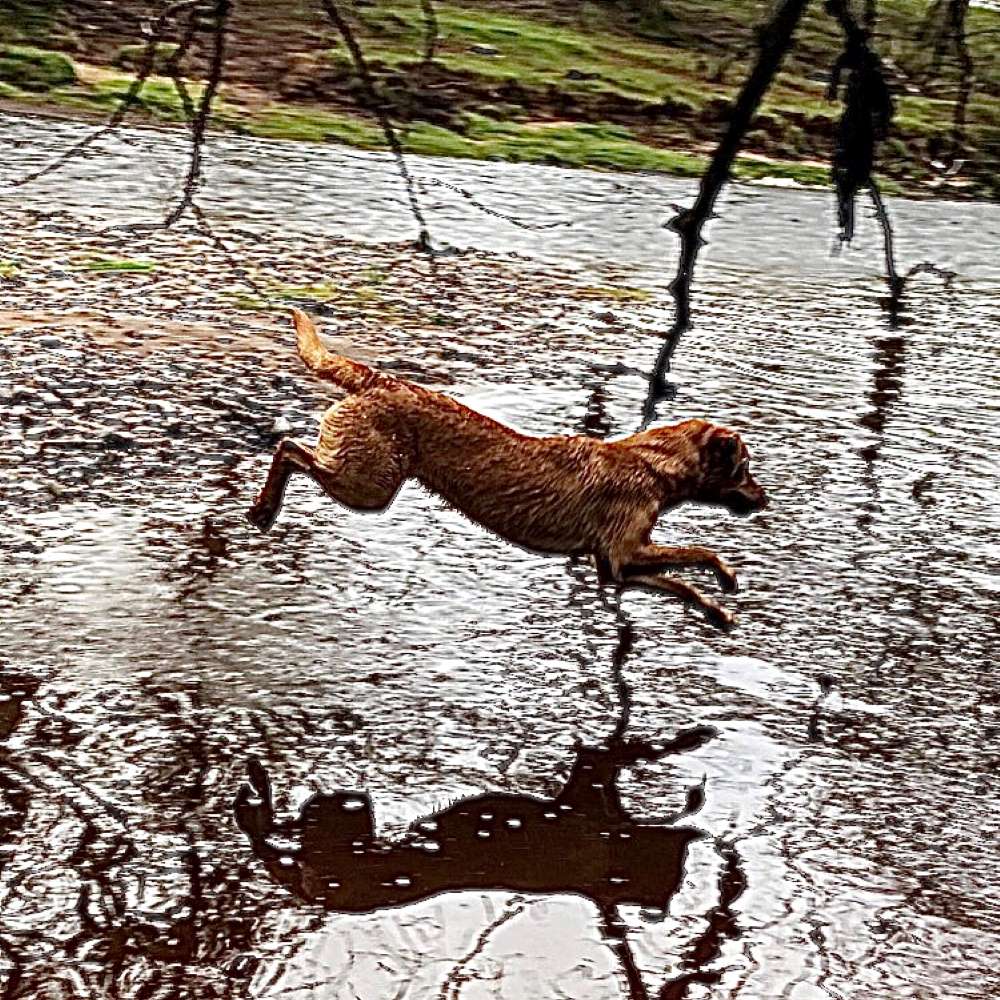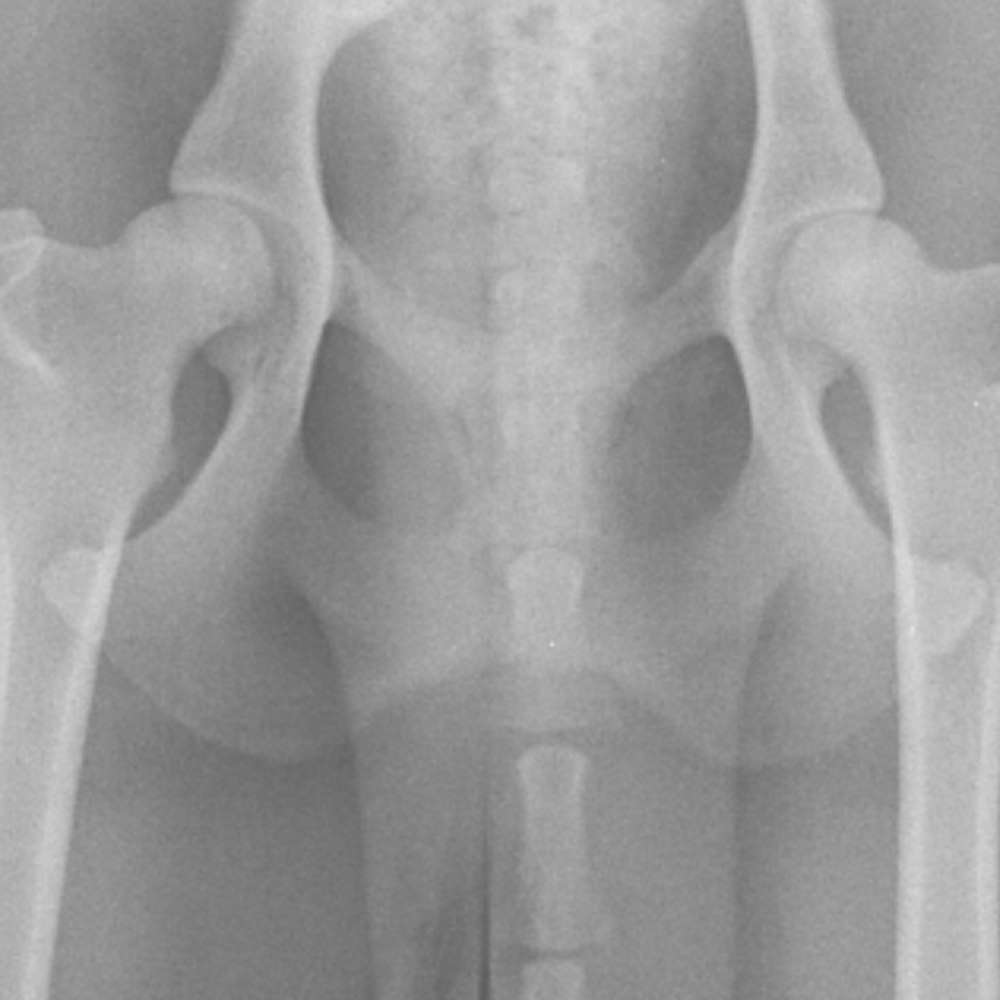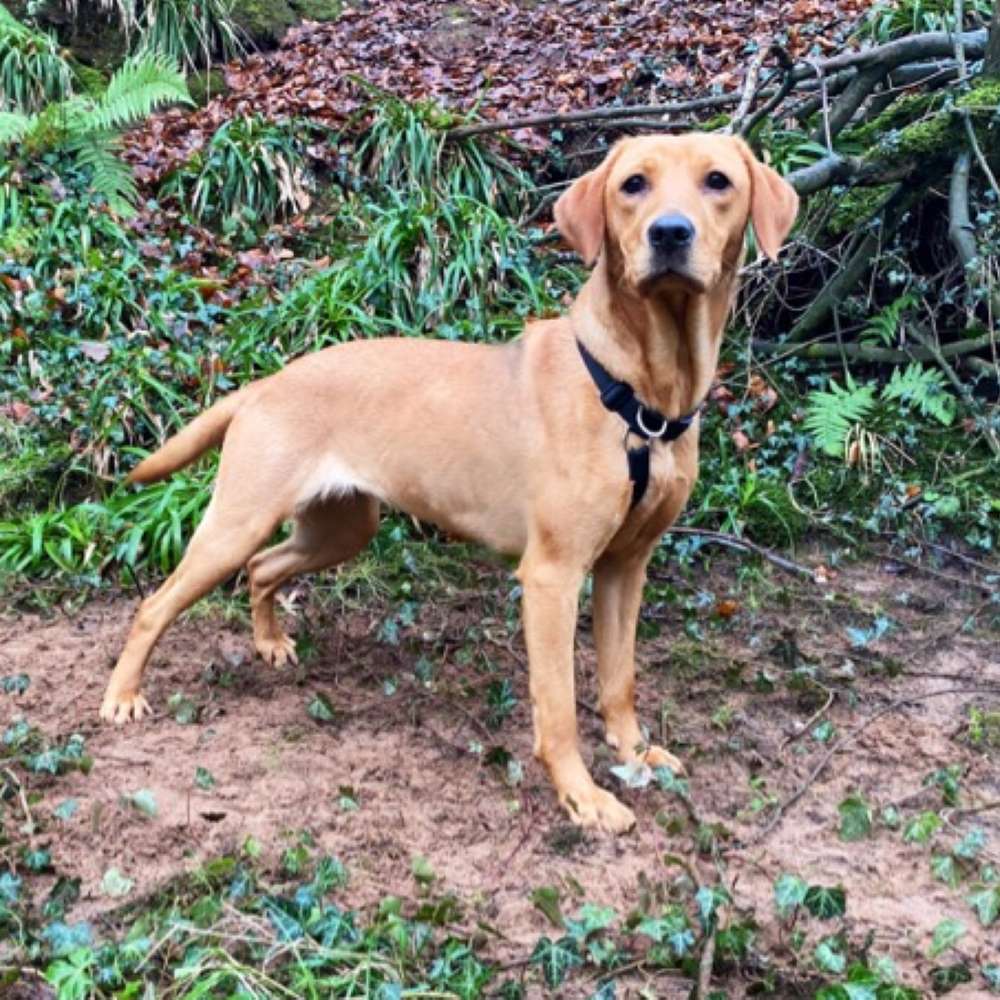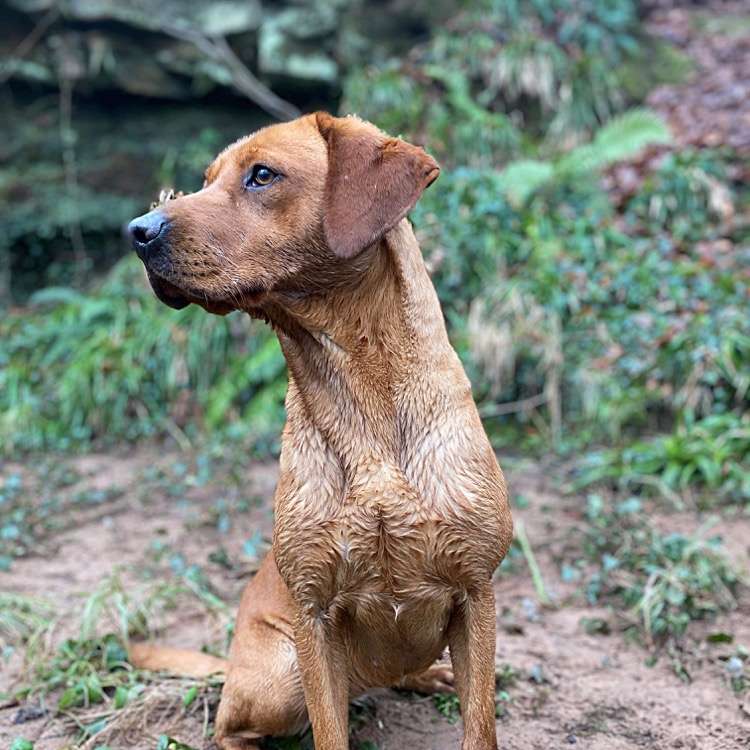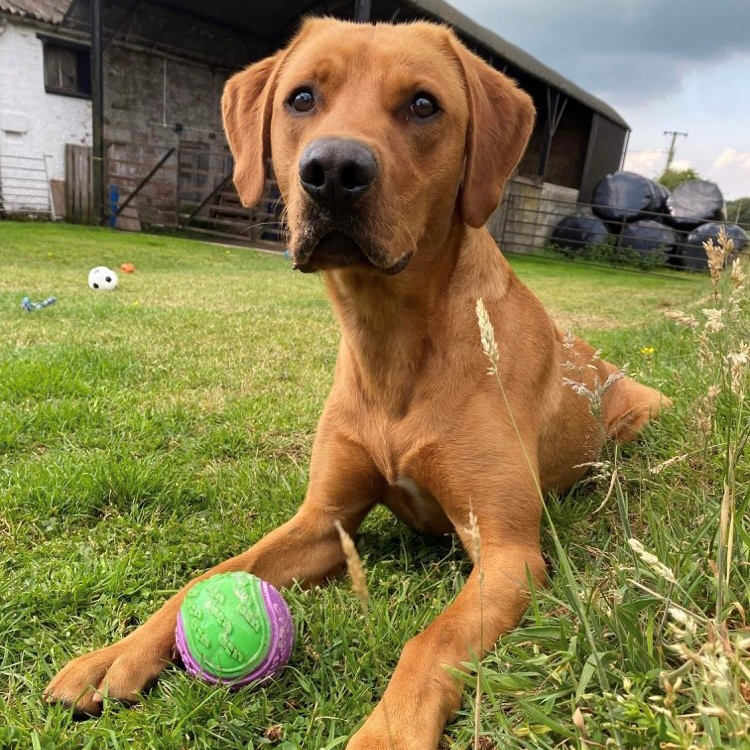Extensive Health Testing
Comprehensive health testing carries a substantial cost to any responsible breeder and the health and welfare of our girls and their puppies are of paramount importance to us.
The recognition of the importance of our moral principles and beliefs has allowed us to carefully put together a bespoke breed specific health package without compromise.
Our Panel of Specialist Advisors are made up of experts in their particular field. These include Diagnostic Ultrasound Scanning Services, Human and Veterinary Orthopaedic Specialists, Canine Nutritionists, Geneticists, Veterinary Practices, Ophthalmologists, Specialists in Diagnostic Imaging, Dog Trainers, Canine Reproductive Specialists and Stud Dog Owners.
The following health package is used on all of our dogs that we use within our breeding programme:
DNA Genetic Testing
By DNA testing our dogs we now know more about their genetic make-up and health. As a result, we have been able to establish that all of our dogs are clear of a total of 32 of the most common conditions that affect the Labrador Retriever,
CNM, EIC, SD2, HNPK, prcd-PRA, DM, HUU, Achromatopsia, Alexander Disease, Cystinuria, Elliptocytosis, Myotubular Myopathy 1, Narcolepsy, PRA-CORD1/PRA-crd4, Copper Toxicosis, CMS, RD/OSD, MCD, GR PRA2, PK Deficiency, STGD, Hair Length, Obesity, ULCMD , Altitude Adaptation, E Locus, Muscular Dystrophy Dystroglycanopathy, Myotonia Congenital, Congenital Dyserythropoietic Anemia and Polymyopathy, Ehlers Danlos Syndrome, Chondrodysplasia 18 FGF4 & Authenticity of Genetic Background 100% Labrador Retriever
In addition to the 32 Breed Specific DNA tested conditions by utilising advanced DNA genetic testing from Embark in the United States all of our dogs have also been tested CLEAR of a further 246 Genetic Health Conditions with no variants detected meaning our dogs have tested clear of 278 Genetic Conditions. Please refer to our DNA Health Tested Conditions page for a detailed description of some of these diseases.
The DNA testing of Autosomal Recessive Conditions means that tested dogs are either clear of the condition, carriers of the condition or affected by the condition.
Clear means that no diseased gene has been found and the dog will never have the tested condition. Clear dogs will pass on a normal gene to their puppies.
Carrier means that one copy of the diseased gene has been detected. Carrier dogs are very unlikely to develop the tested condition but there is a 50% chance that they will pass on the diseased gene to their puppies.
Affected means that two copies of the diseased gene have been detected and the dog is highly likely to develop the condition. Affected dogs will pass on the diseased gene to all of their puppies.
Therefore, at Nook on Lyne Labradors we can guarantee that due to carefully selected matings, we will only ever produce puppies genetically clear of the tested conditions of both the Dam & the Sire to further reduce the diseased gene frequency within the Labrador Retriever.
This level of DNA testing on both Sire and Dam means we produce some of the best Health Tested litters in the UK by parentage.
Hip and Elbow Analysis & Pathological Assessment of the Joints
The Kennel Club suggest that the most reliable method of determining the health of a dog's hips and elbows is by having the dog X-Rayed and having the images assessed by specialists to look for any abnormalities in a dog's hip or elbow joints.
It has now been scientifically concluded that Canine Hip and Elbow Dysplasia are Complex Polygenic Conditions of which both environmental factors acquired after birth and inherited genetic factors can both play a key role in the development of the hip and elbow joints. Recent research published by the Kennel Club in 2024 suggest that up to 90% of joint problems in the Labrador Retriever are caused by environmental factors such as poor diet and inappropriate exercise as opposed to genetic influence.
In order to make an accurate assessment of the health of the hip and elbow joints it is essential that both genetic and environmental factors are taken into consideration. Analysis X-Ray images are taken by our vet in a much more natural state without traction showing the whole hip and elbow complex thus allowing for a full assessment of the joints.
These images which are identified by the microchip number are then passed onto a highly respected and highly skilled X-Ray referral team of Orthopaedic Specialists.
These Orthopaedic Specialists then work with Mike & myself together with our vet in order to decide on whether to include or exclude a dog from our breeding programme. We are absolutely delighted that all of our girls have successfully been approved by the team of Specialists to be a part of our breeding programme at Nook On Lyne Labradors.
Progesterone Testing
Establishing when to breed is a crucial aspect for successful breeding. The optimal time to breed is 2 days post-ovulation this is because after ovulation the released eggs continue to mature. Once the maturation process is completed, the eggs are ready for fertilisation.
The test involves taking a small blood sample of the female to analyse her progesterone levels. We start this at around day 8 after the start of her season and the results will indicate what steps are required over the next few days, whether to retest or mate.
Vaginal Cytology
Vaginal cytology is performed on female dogs to help determine the optimum time to breed and enhance the success of pregnancy. The types of cells present in the vagina vary depending on the stage of oestrus. A swab is taken of the cells lining the vagina and analysed under a microscope.
